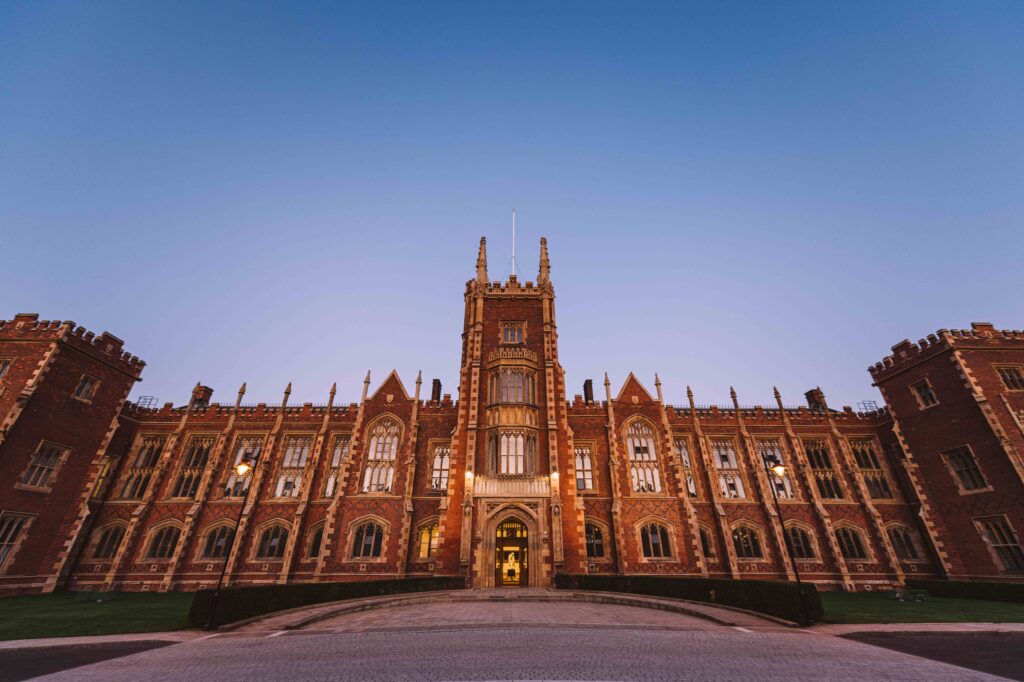Queen’s, Belfast 1845-2025
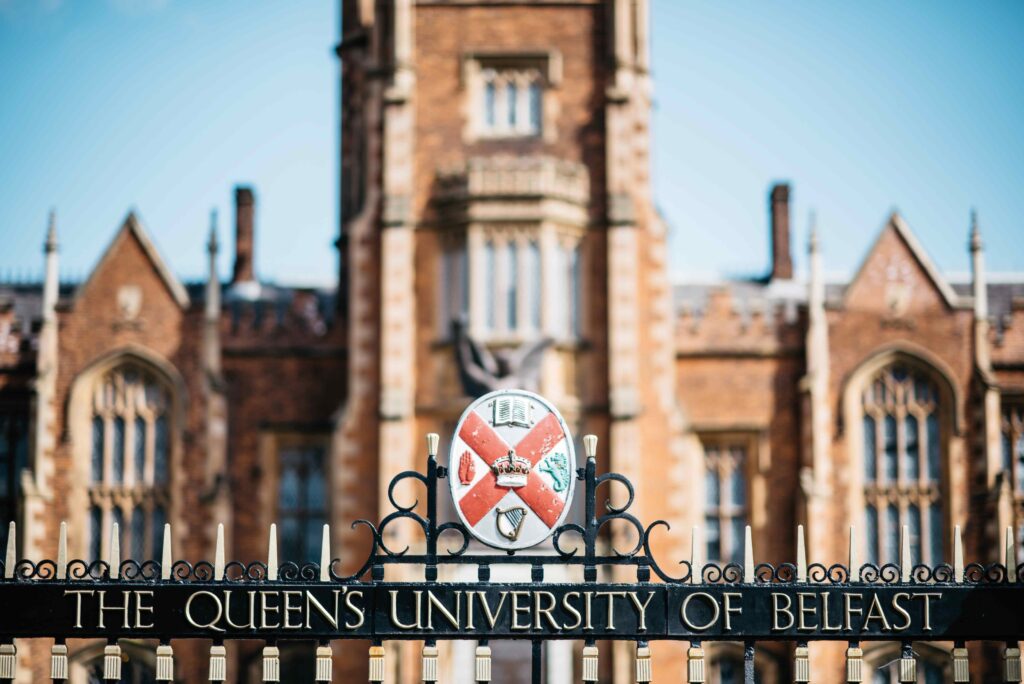
Queen’s, Belfast is celebrating its 180th anniversary in 2025
Queen’s College Belfast was founded alongside its sister Colleges in Cork and Galway by the passing of the Colleges (Ireland) Act in 1845. The establishment of the Queen’s Colleges was part of the government’s plan to extend university education in Ireland because until then the only university in Ireland was the University of Dublin, Trinity College. The Queen’s Colleges in Ireland were non-denominational and Queen’s, Belfast has remained this way.
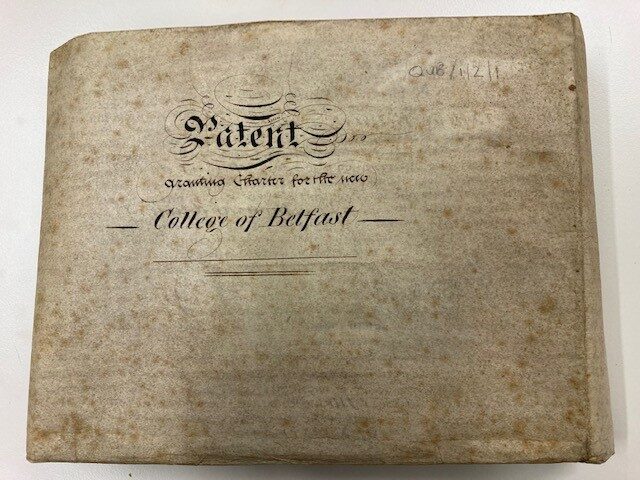
Queen’s College Belfast Site and Building
When Queen’s College Belfast was formally established it was necessary to locate a site and to construct a College building. In January 1846 Charles Lanyon, who was the Surveyor of county Antrim, was appointed as the architect of the Belfast College and a site near the Botanical Gardens was approved for the building. The construction of what is today the front of the Lanyon building and part of the south side of the building was completed by 1849.
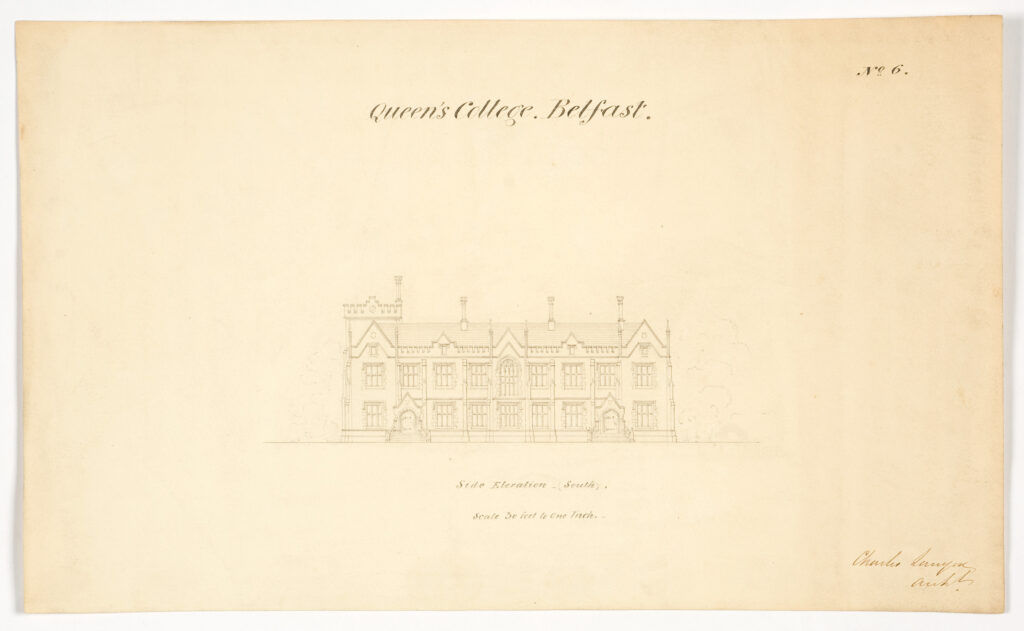
The first College President and Vice-President
The first College President was Reverend Dr Pooley Shuldham Henry and the first Vice-President was Professor Thomas Andrews, they both were in post from 1845-1879.
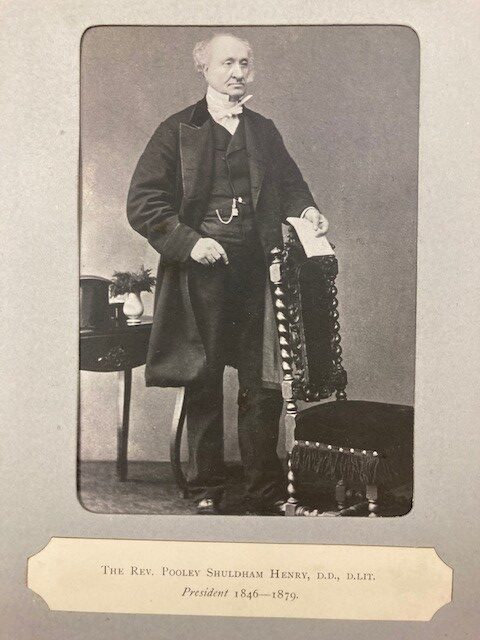
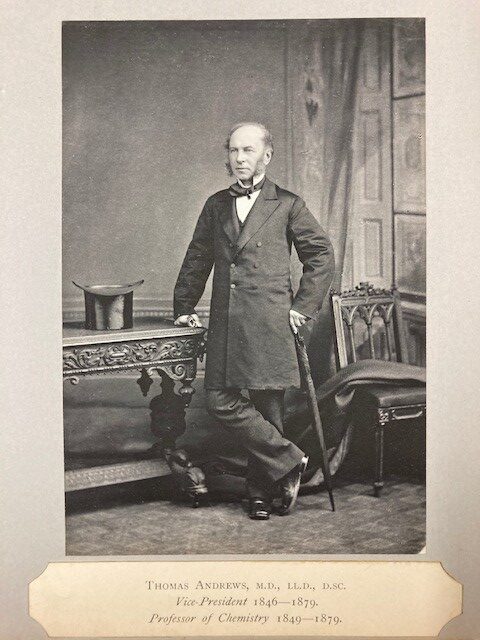
The first Queen’s students
Lectures began in Queen’s College Belfast in November 1849 and there were three Faculties in the College; Arts, Medicine and Law. The first student register records details of the students who entered the College between 1849-1877.
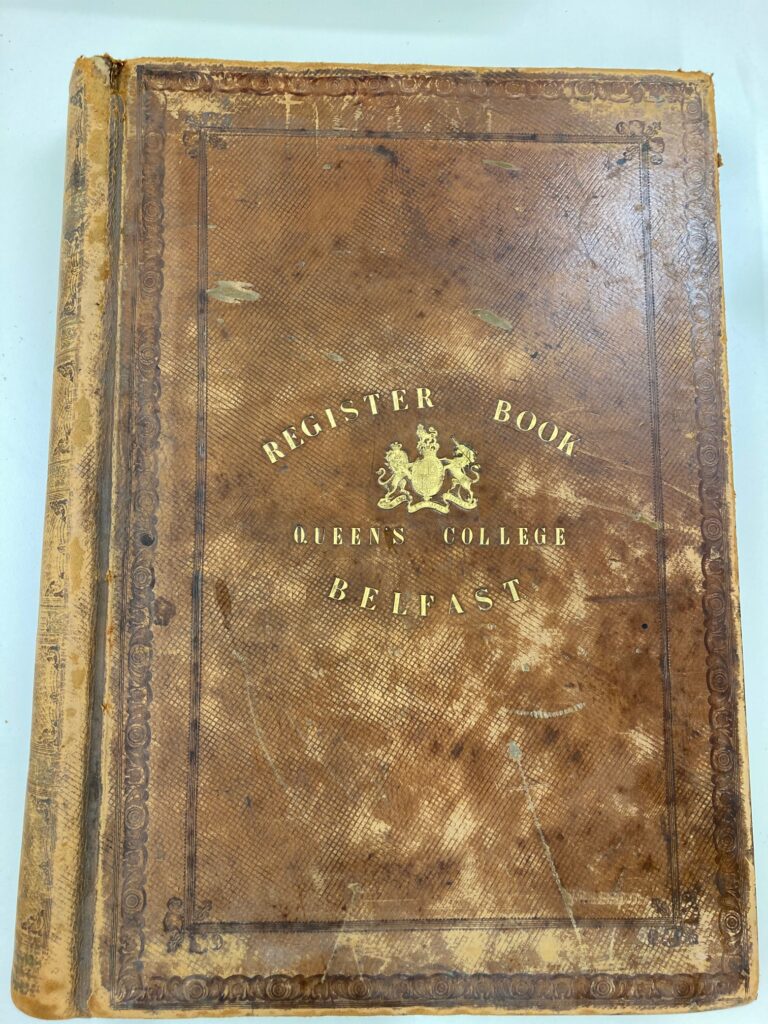
Women Students
Women students first entered Queen’s College Belfast in 1882, initially in the Faculty of Arts and from 1889 onwards in all Faculties and crucially this included the Faculty of Medicine. This photograph dating from approximately 1886 is the earliest known photograph of graduation and it includes women.
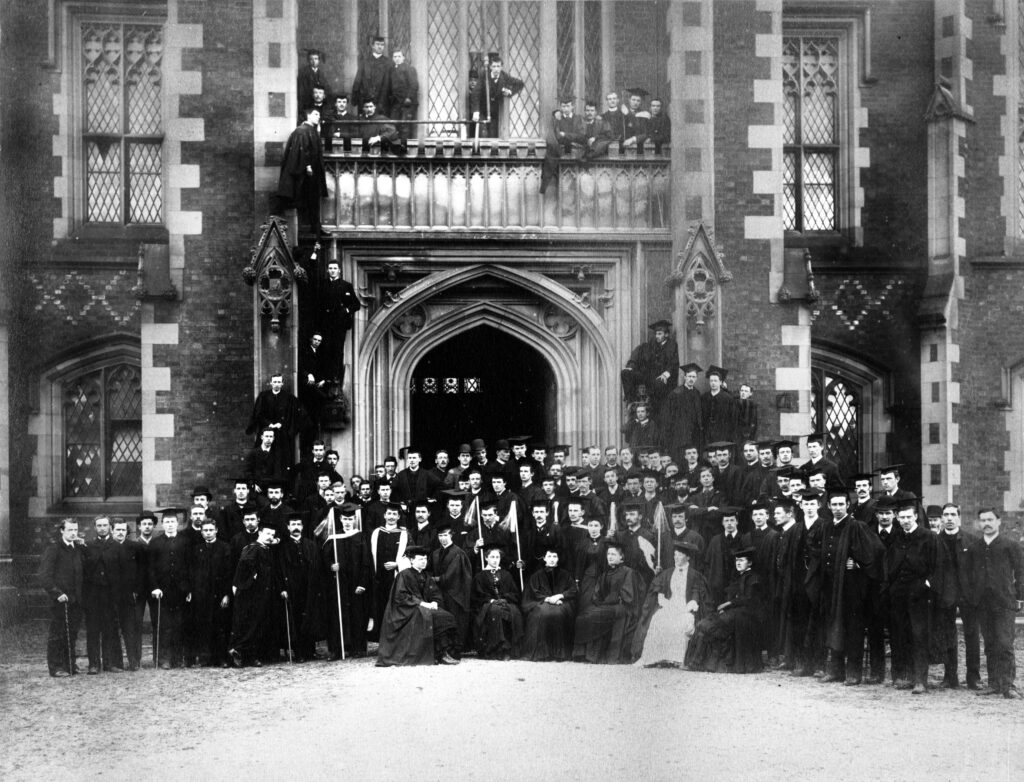
The end of Queen’s College Belfast
The Irish Universities Act, 1908, dissolved the Queen’s Colleges in Ireland and instituted two new universities, the Queen’s University of Belfast and the National University of Ireland.
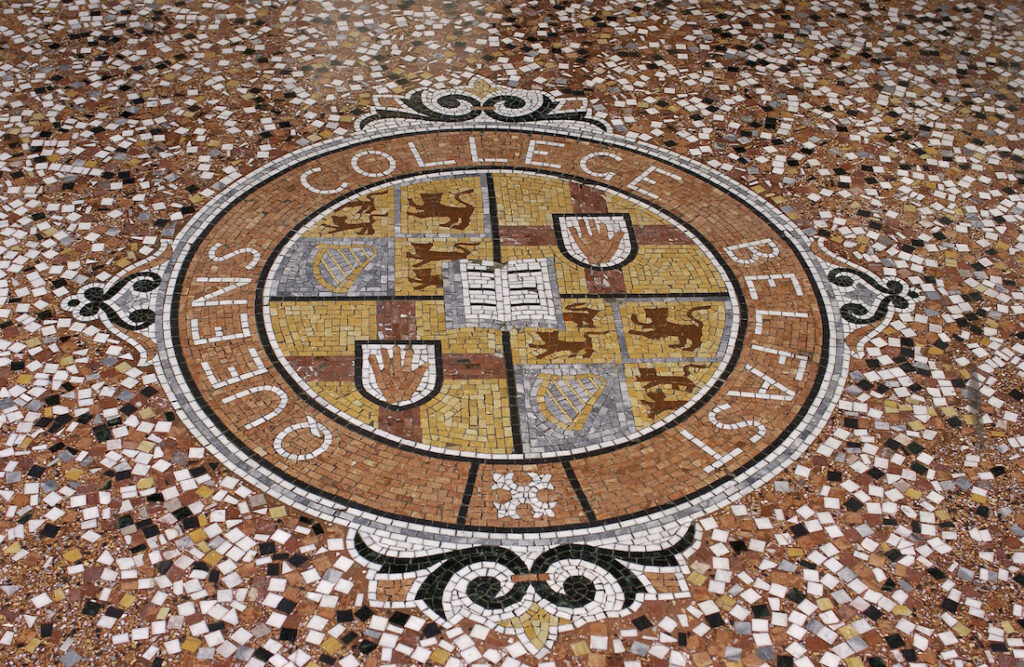
The beginning of Queen’s University Belfast
The Royal Charter which founded the Queen’s University of Belfast was signed by King Edward VII on December 2nd 1908.
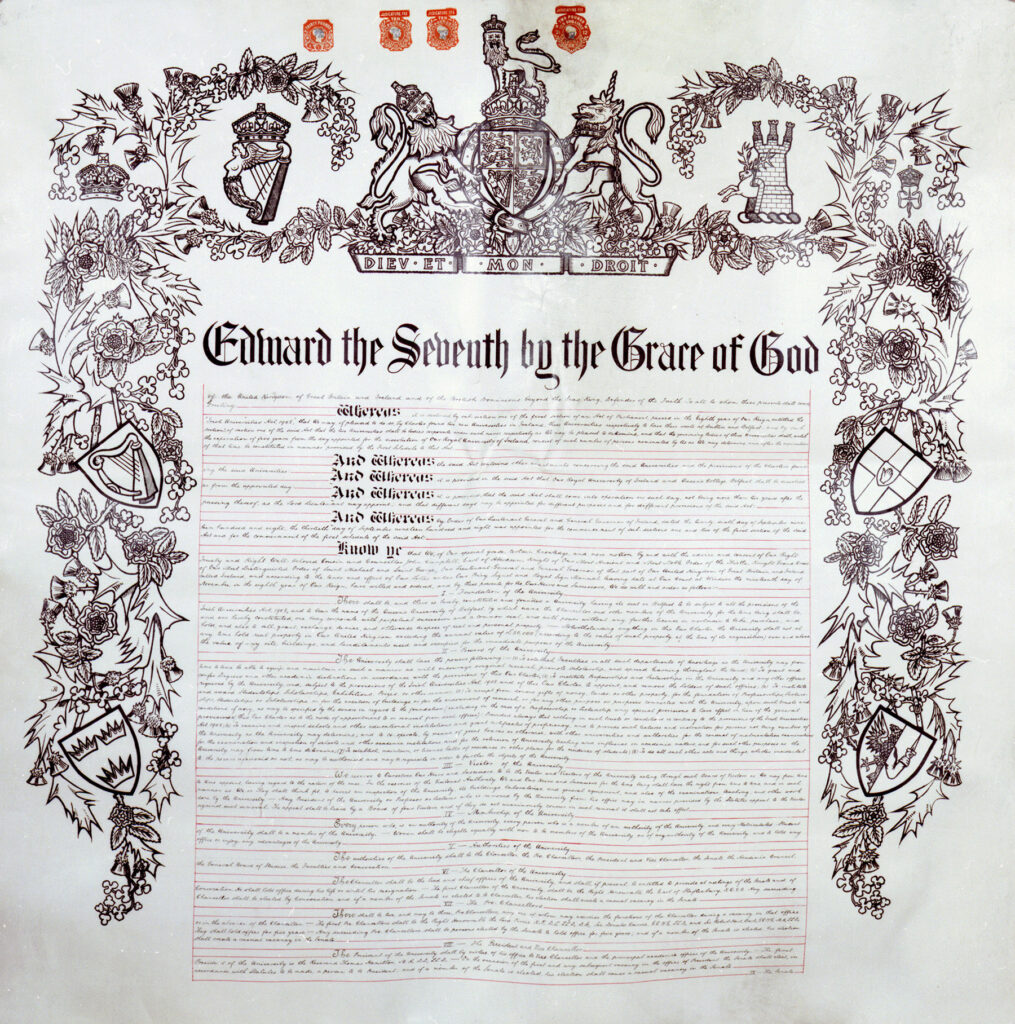
The University Chancellor
The Royal Charter of 1908 allowed for the appointment of a Chancellor and Pro-Chancellors. The first Chancellor was the 9th Earl of Shaftesbury and he was in the role from 1908-1923 and the current Chancellor is Secretary Hillary Rodham Clinton who was appointed in 2020. Senator George Mitchell was Chancellor of the University from 1999-2009.
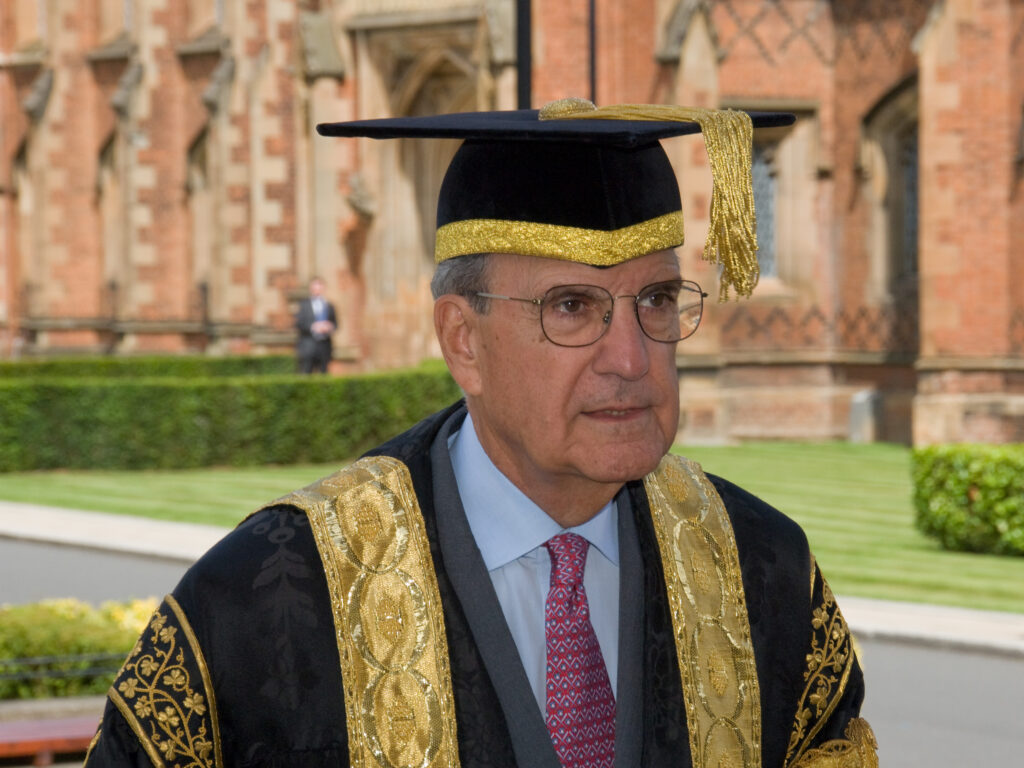
Presidents and Vice-Chancellors
The President and Vice-Chancellor is the university’s principal academic officer and is responsible to Senate for its performance. Reverend Thomas Hamilton was the first President and Vice-Chancellor of the Queen’s University of Belfast from 1889-1923. Professor Sir Ian Greer, is the current President and Vice-Chancellor, and he was appointed in August 2018.
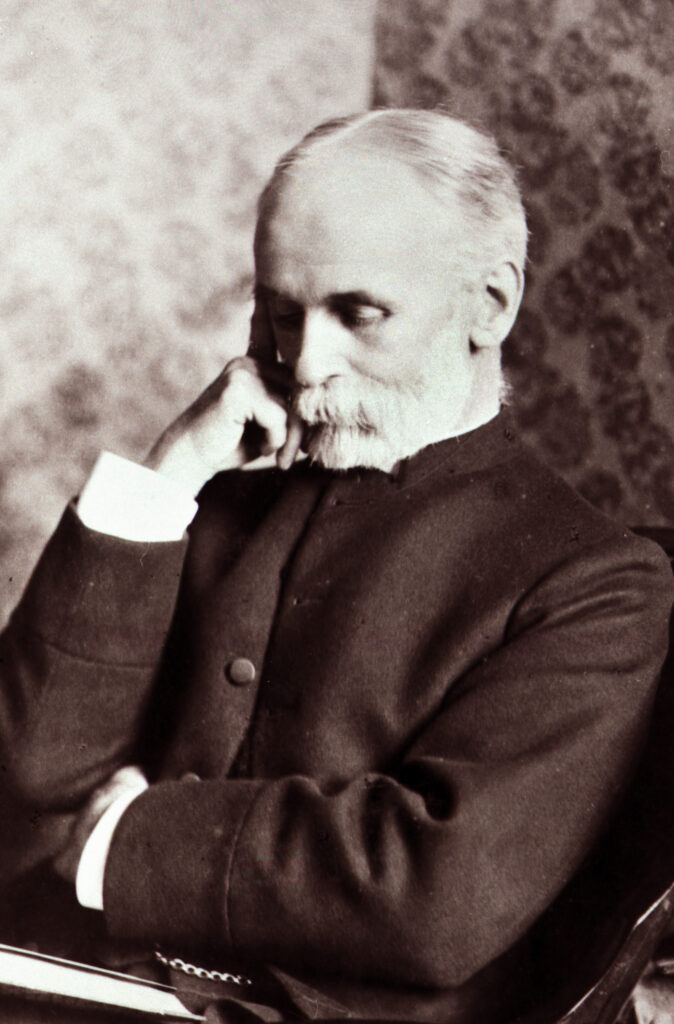
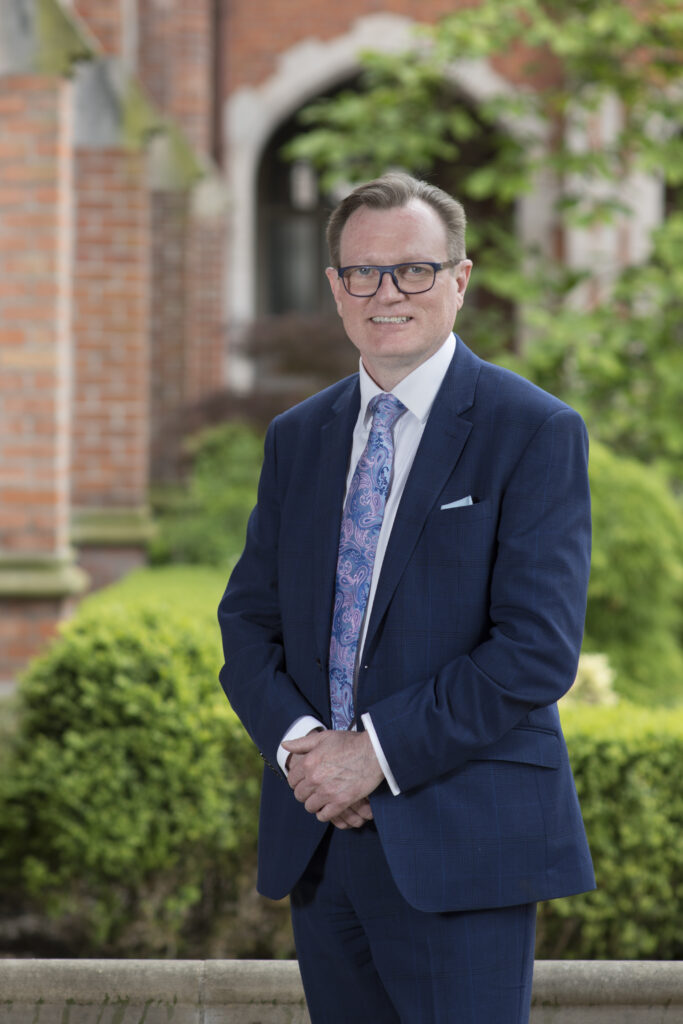
Queen’s University Students
The concerns of Queen’s students retained familiar themes over the years such as ensuring they can manage their studies so they will graduate, the need for good student accommodation, joining clubs and societies and generally enjoying their student days.
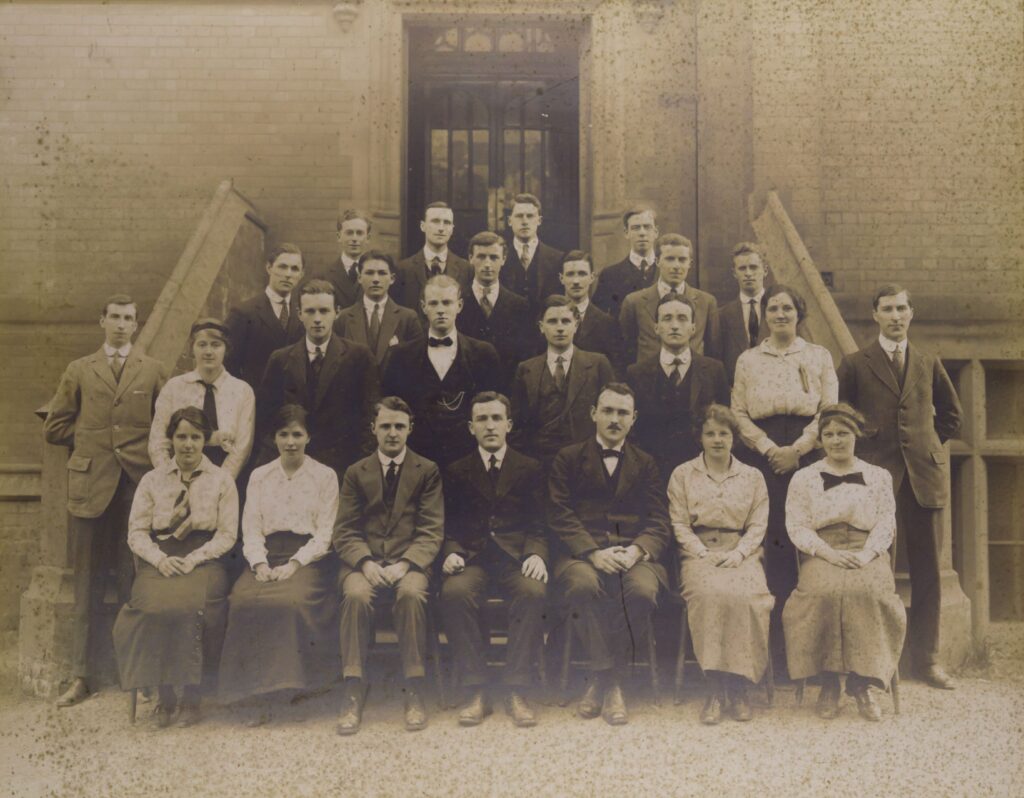
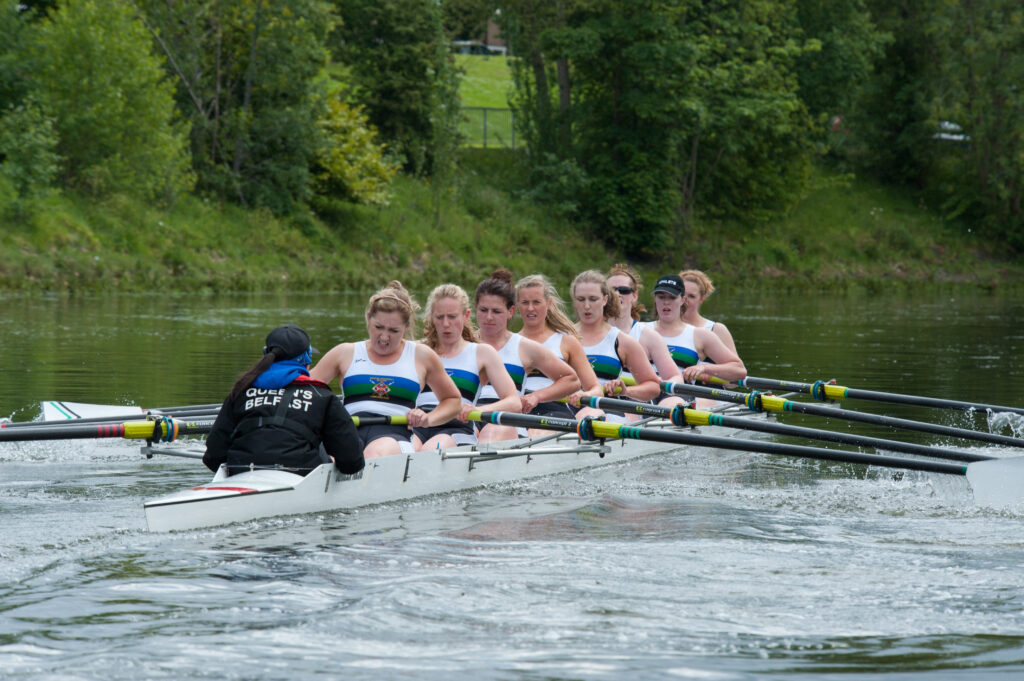

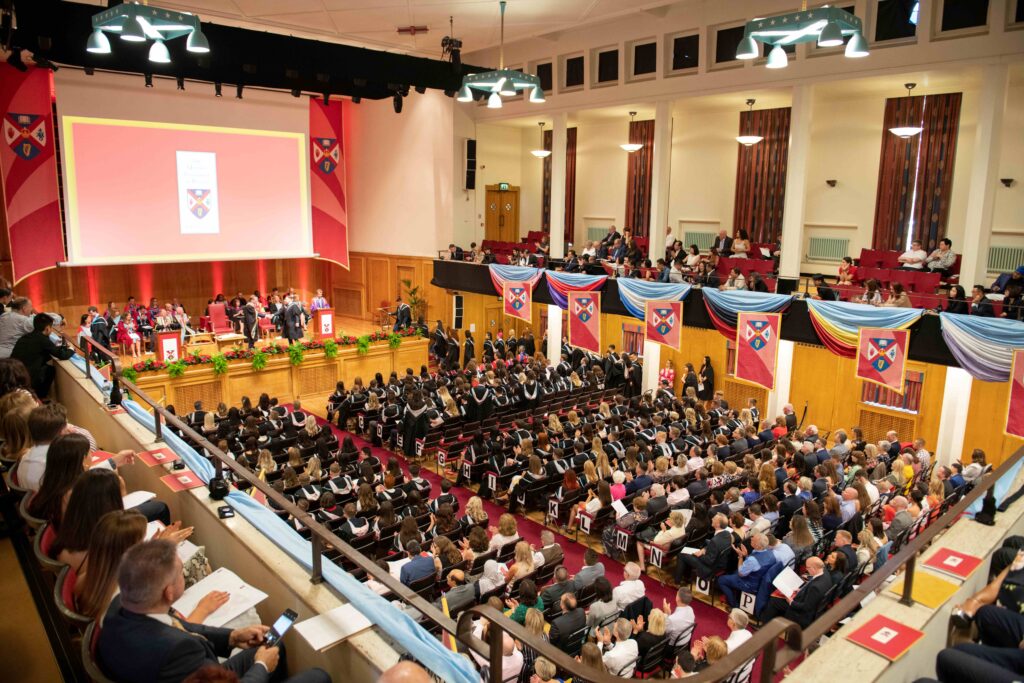
Queen’s Alumni
Queen’s Alumni have contributed significantly in their fields of expertise. Examples include Peter Rice (1935-1992) who graduated with a BSc degree in Civil Engineering in 1956 and is widely regarded as one of the foremost structural engineers of the late 20th century. He was involved in the construction of the Sydney Opera House, The Pompidou Centre in Paris and the Lloyd’s Building in London.
Professor Mollie McGeown (1923-2004) graduated with a degree in medicine (MB, BCh, BAO) in 1946. She was a Consultant Nephrologist and a pioneer in the field of kidney dialysis and transplantation in Belfast.
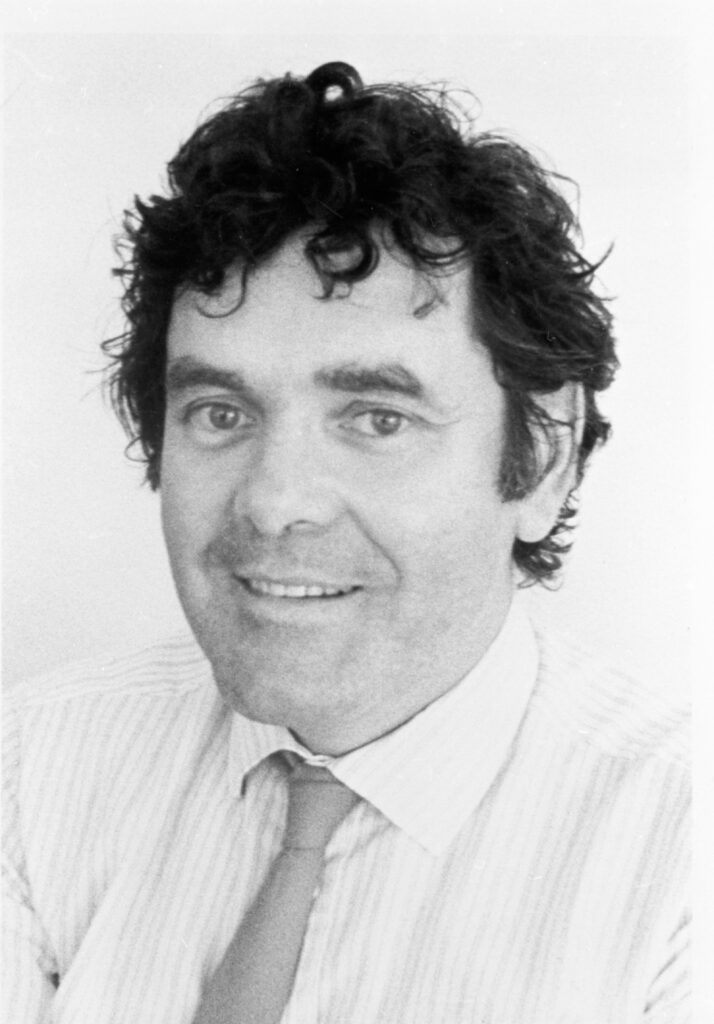
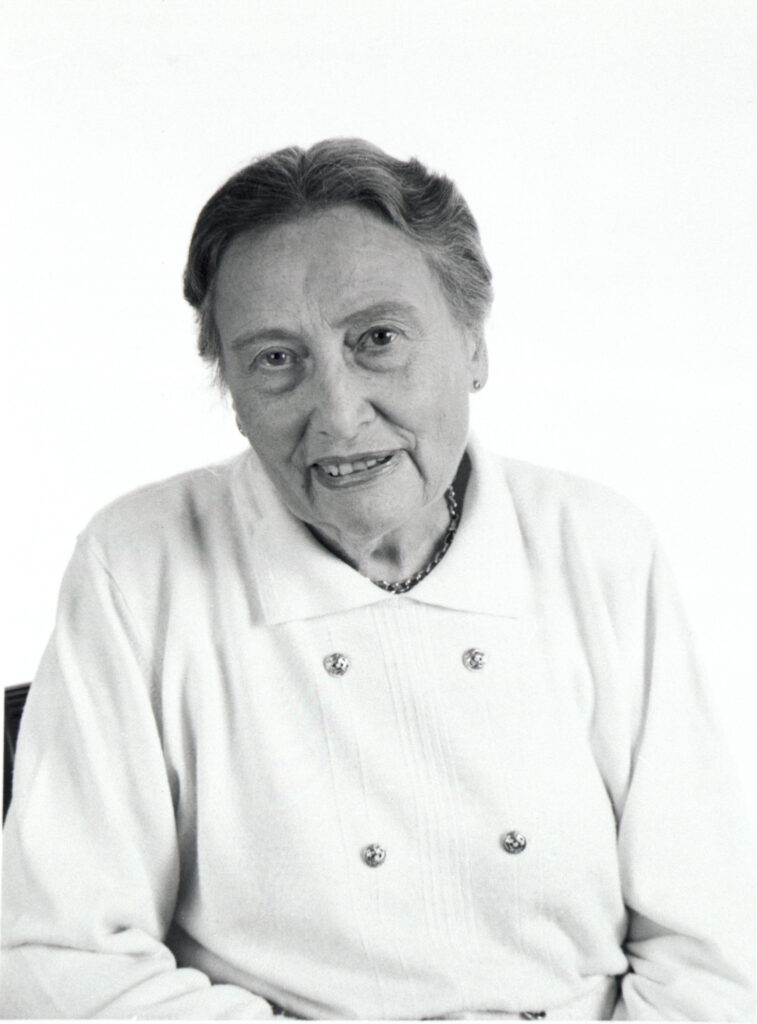
Faculty of Medicine, Health and Life Sciences
Queen’s, Belfast has always had a particular strength in the fields of Medicine, Health and Life Sciences. Queen’s medical graduates have played a deep and widespread role in healthcare provision in Northern Ireland. Frank Pantridge was a Queen’s medical graduate in 1939 who went onto become a cardiologist and he invented the portable defibrillator. The School of Pharmacy in Queen’s is a leading centre for Pharmacy teaching and research in the UK.
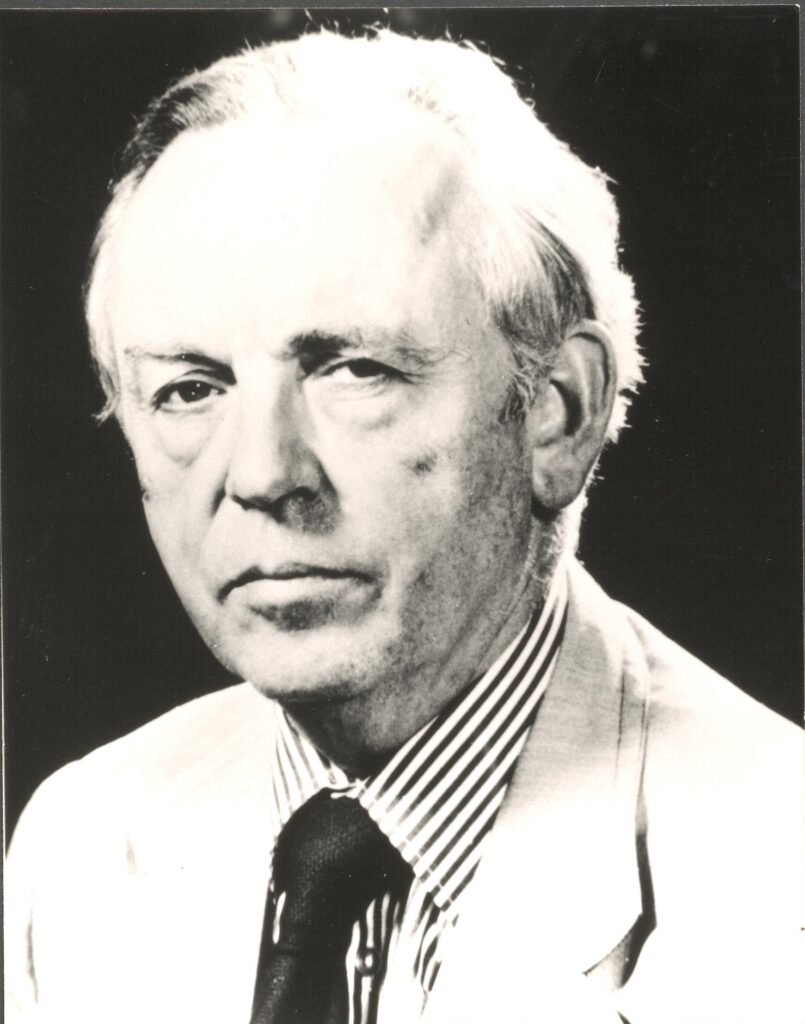
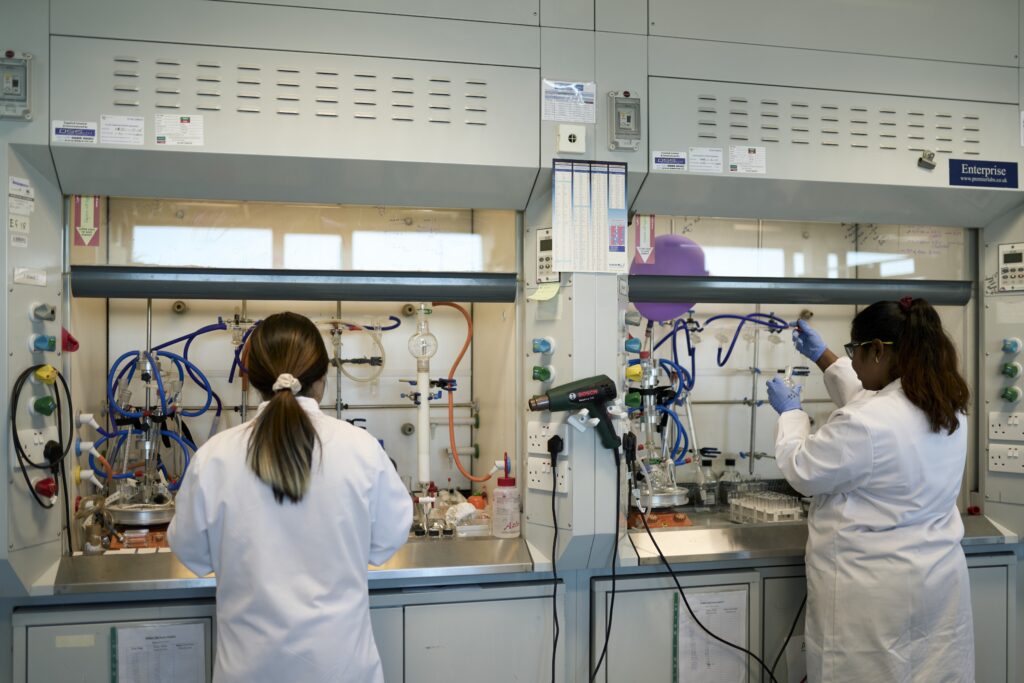
Faculty of Engineering and Physical Sciences
Civil Engineering was one of the Foundation Chairs when Queen’s College Belfast opened in 1849. With the developments in the different fields of engineering including Mechanical, Electrical, Electronic, Aeronautical and Computer Science subsequent Chairs in Engineering have been established.
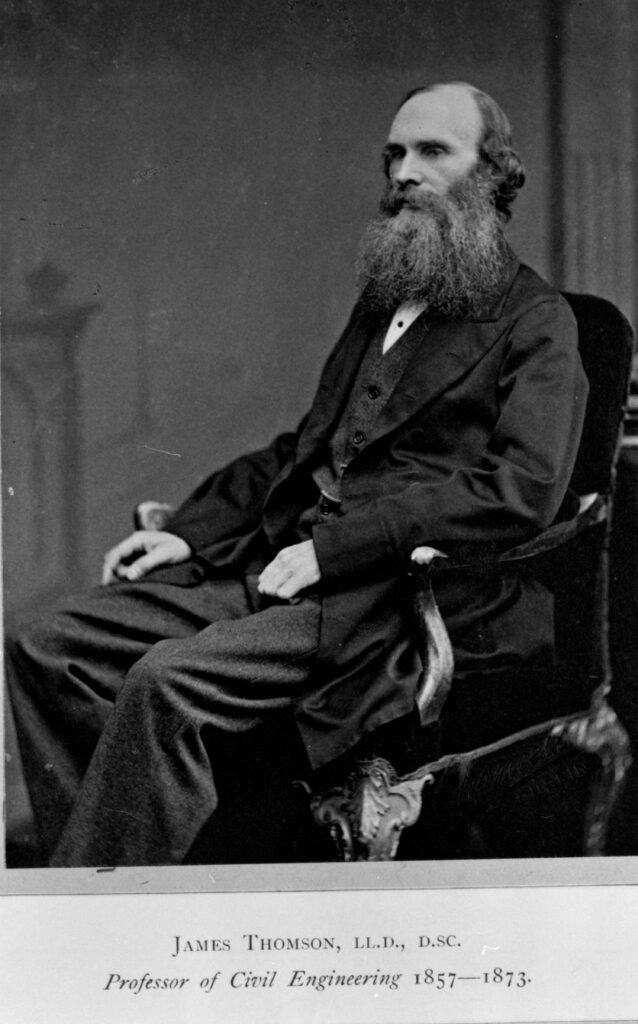

Faculty of Arts, Humanities and Social Sciences
Education and Research in Arts, Humanities and Social Sciences covers a wide range of subjects such as Languages, Music, Drama Studies, Law, Economics and History. Graduates from this Faculty have gone on to varied careers.
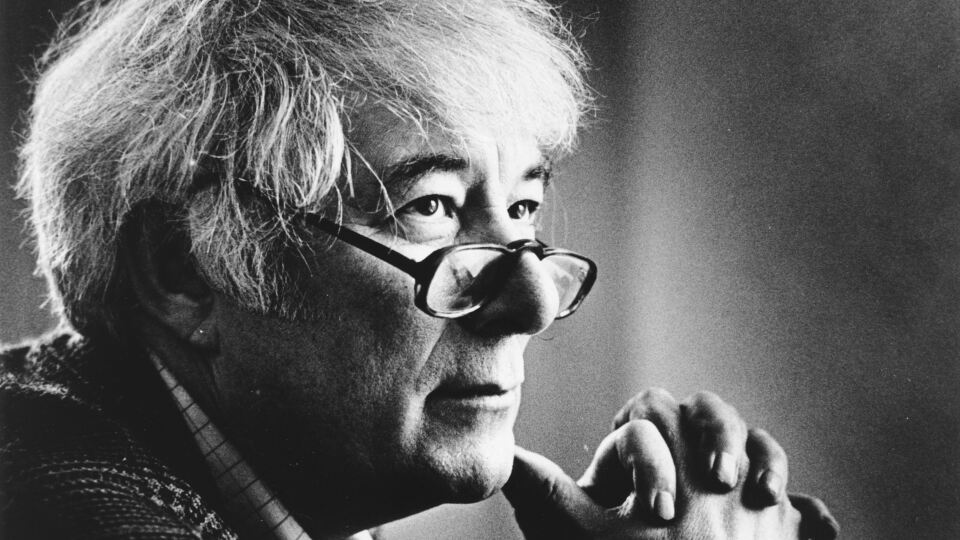
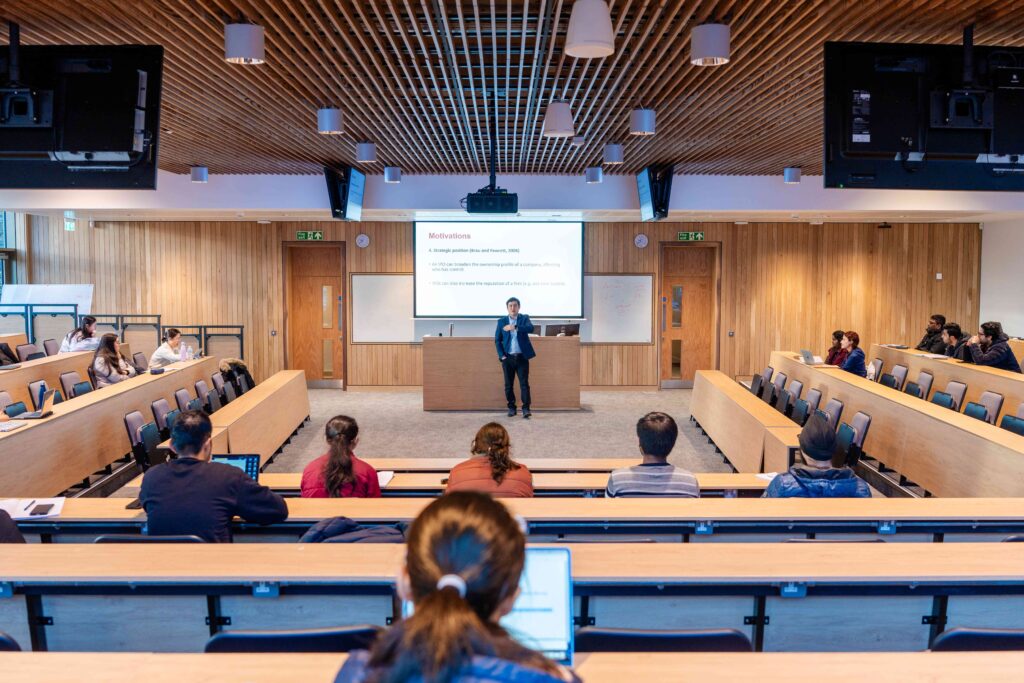
Queen’s Buildings
Students, staff, alumni, visitors and all who pass by the university are impacted by the many different buildings that have been constructed over the years on the Queen’s Estate. These images show the front of the Lanyon building in the 1920s where lawn tennis could be played and the Great Hall in 2021 and it holds many portraits of Queen’s people.
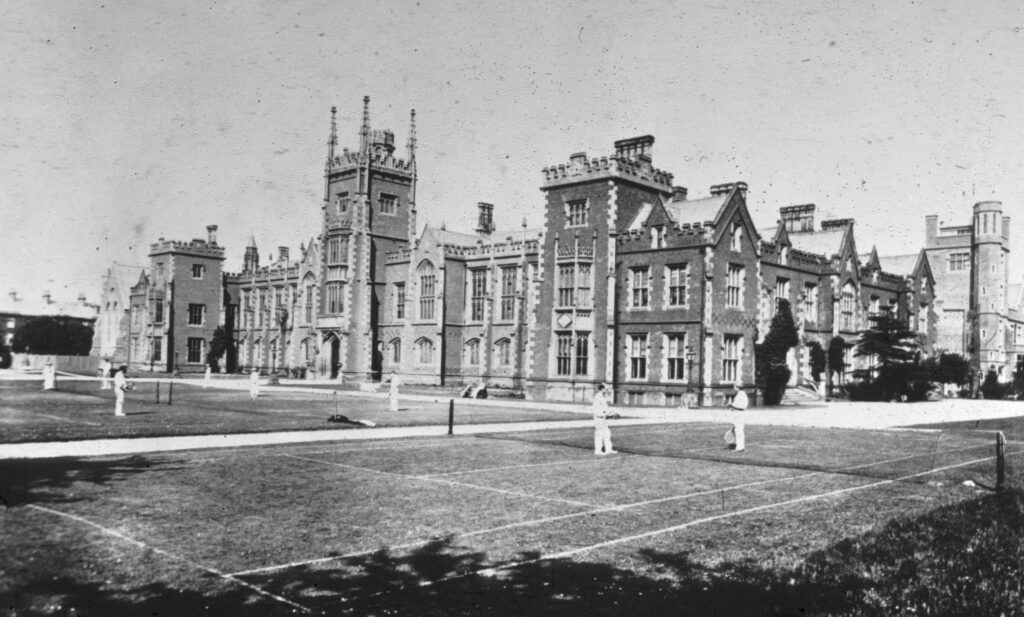
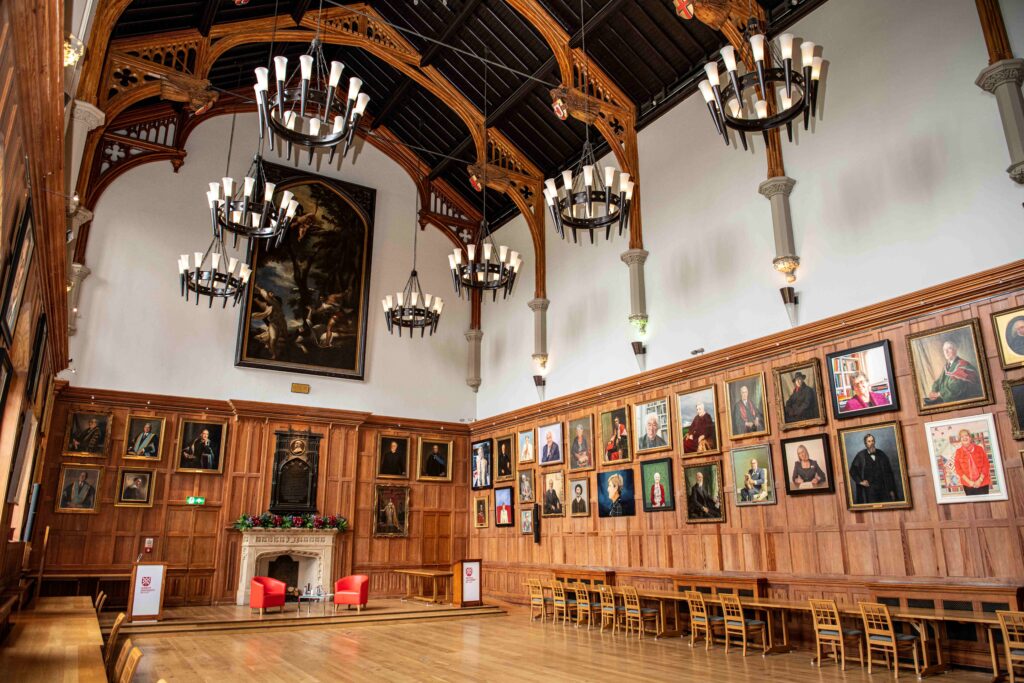
Queen’s Library Buildings
Amongst the most heavily used buildings in Queen’s are the university libraries. The first Library was designed by the Belfast architect William Lynn and it opened in 1868, it is now The Thomas J Moran Graduate School. The McClay Library which was named in honour of Sir Allen McClay who was a very generous donor to Queen’s opened in 2009.
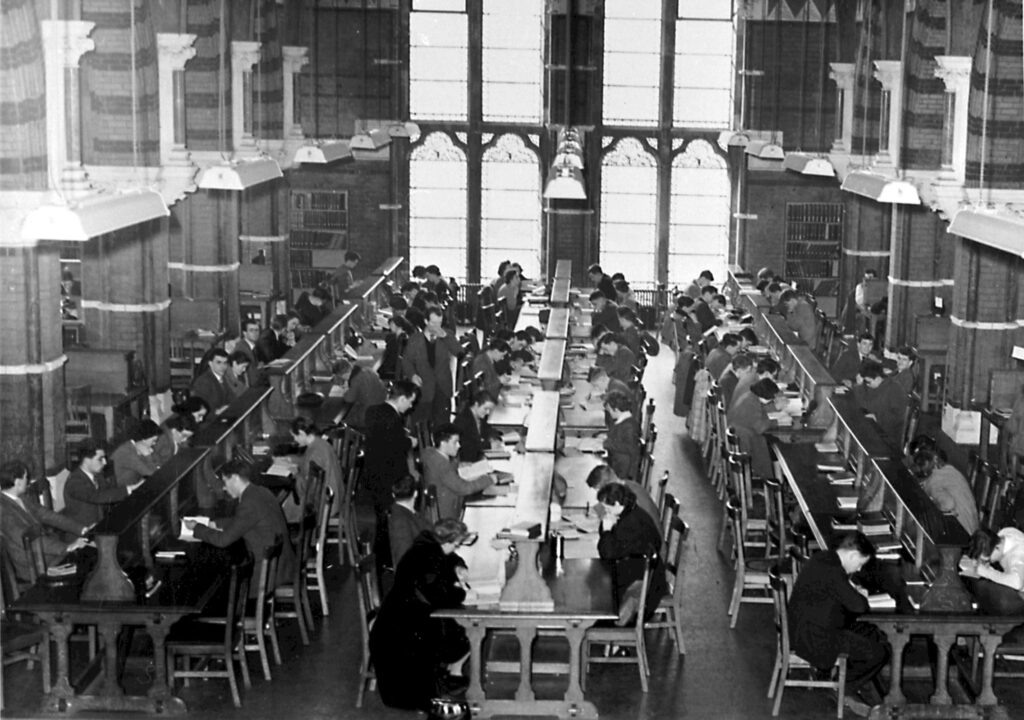
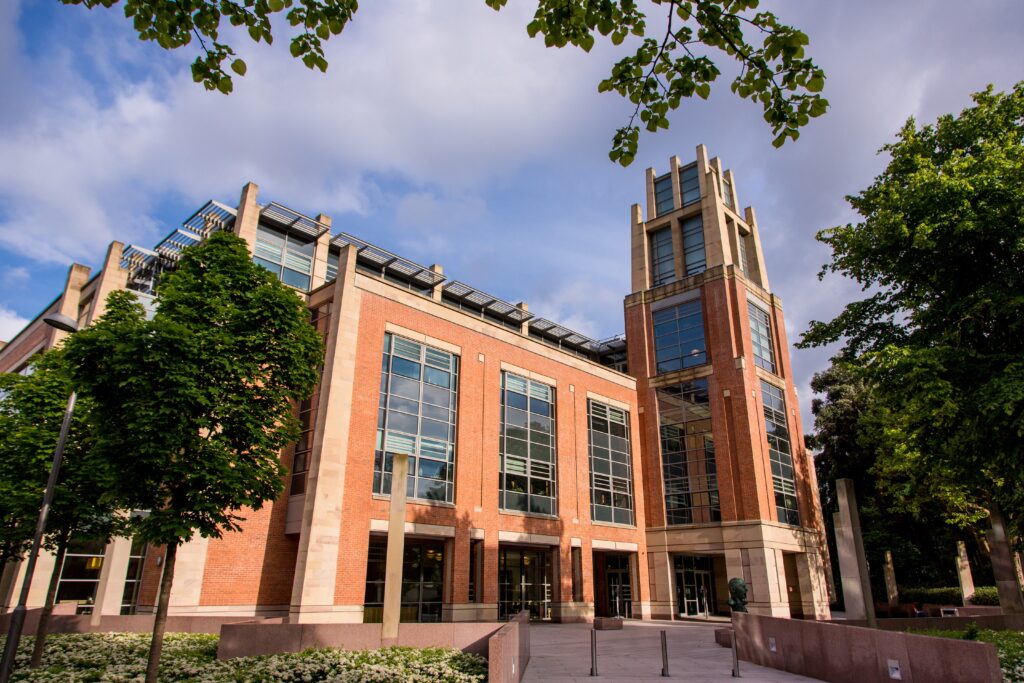
Queen’s Student Accommodation
The Queen’s Elms Halls of Residence were built at Holyrood on the Malone Road in the 1960s and 1970s. In the early 2000s these towers were demolished and replaced with a village style accommodation complex.
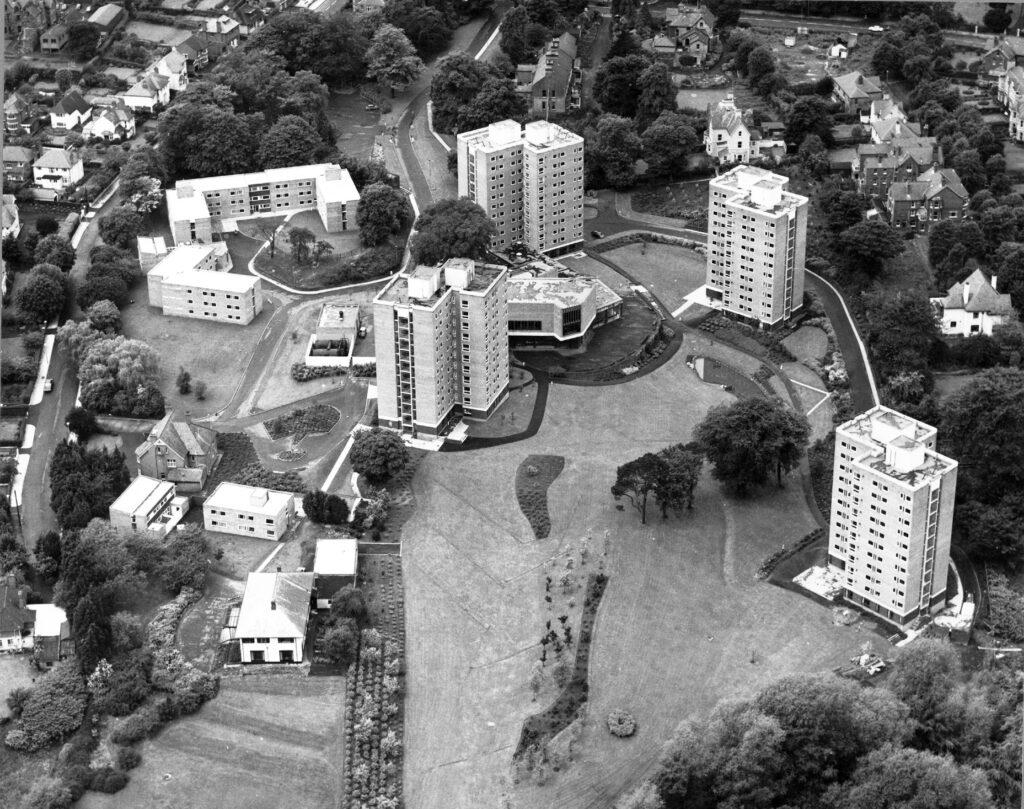
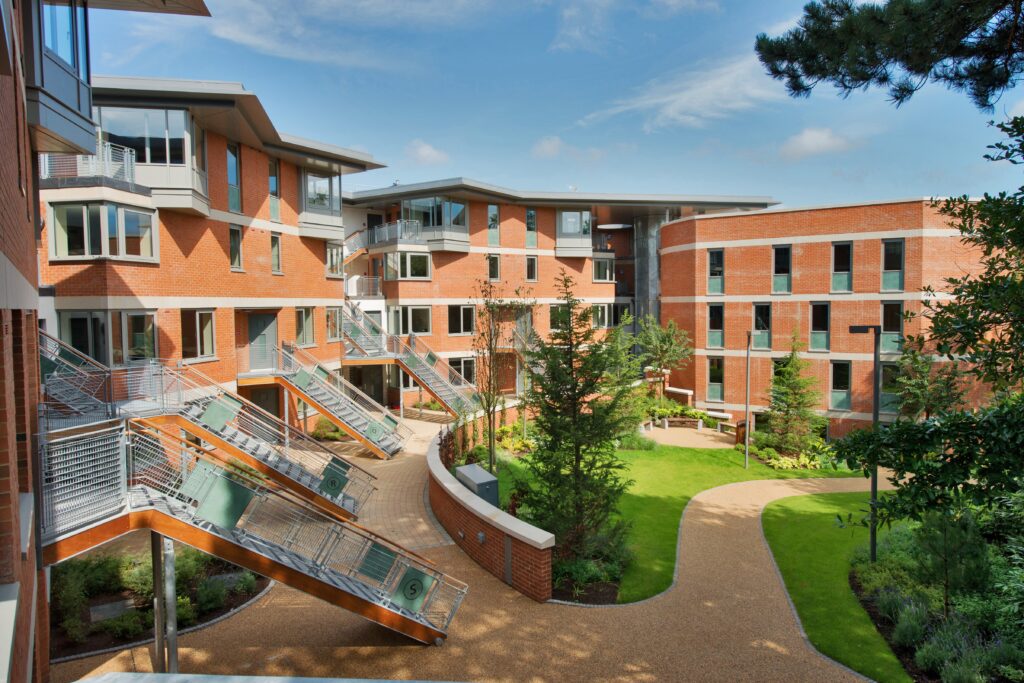
Students Union Buildings
The first Queen’s Students Union building opened in 1897 and it is now the School of Music. The Students Union moved to its current site on University Road in 1967 however as the needs and expectations of the student population changed over the years it was recognised that a new centre for students was needed. The Students Union building from the 1960s was demolished and a new students centre, One Elmwood, opened in 2022.
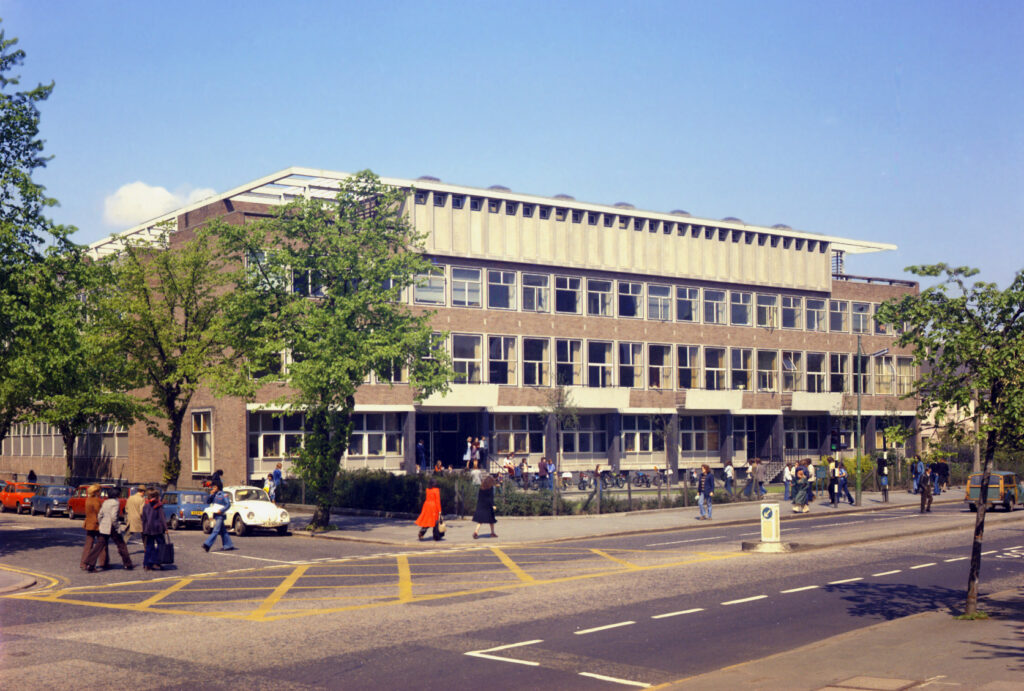
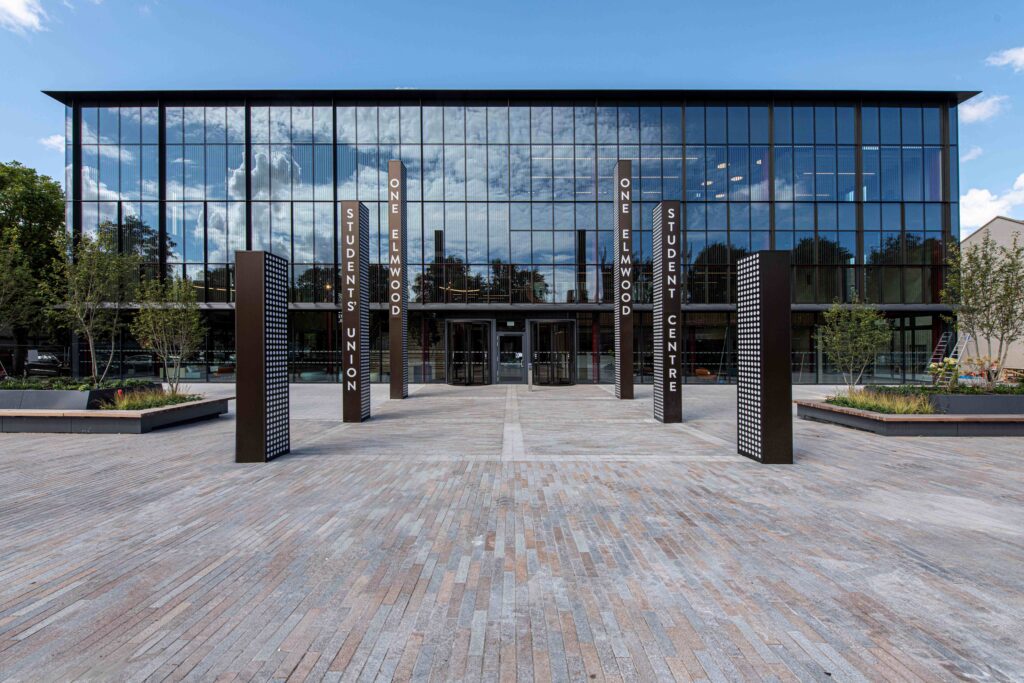
Queen’s moving forward into the future
Queen’s University Belfast will continue to provide a world class higher education to its students, to carry out ground-breaking research in the different fields of expertise of its researchers and play its part in the political, social and economic life and development of Northern Ireland.
